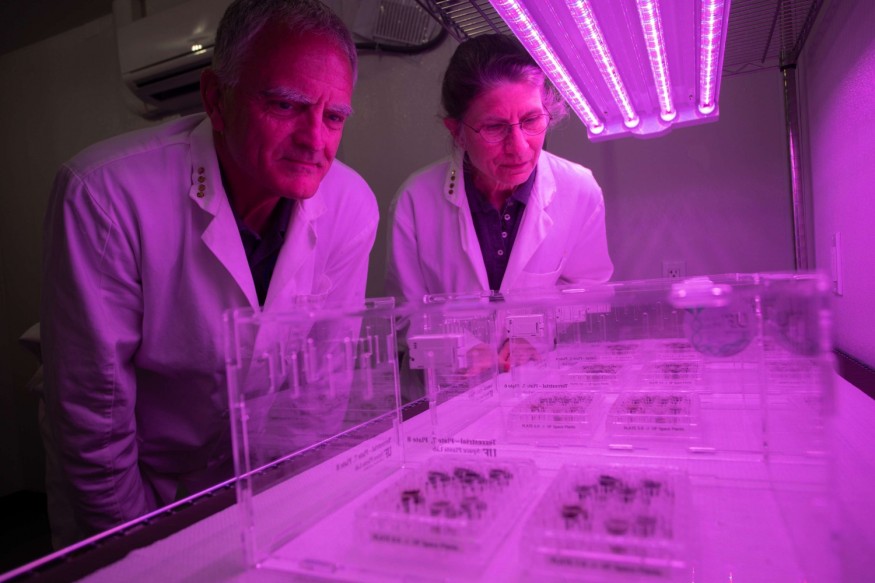Scientists have successfully grown plants from the lunar soil samples that the Apollo missions brought to Earth decades ago, NASA reported. The discovery is poised to pave the way for the possibility of harvesting plants in the future human settlements on the Moon.
Researchers said that the experiment was meant to answer questions about whether it can grow plants on the lunar surface. The success of the experiment proves that it is possible.

Groundbreaking Plant Research
Astronauts from the Apollo missions brought back samples of the soil on the Moon called lunar regolith to Earth, which scientists have been studying for many decades using state-of-the-art equipment and saving them for future research. Five decades later, the Artemis program was conceived to bring astronauts back to the Moon.
The groundbreaking plant research happened as scientists from the University of Florida successfully grew the hardy and well-studied Arabidopsis thaliana in the nutrient-poor lunar soil.
NASA Administrator Bill Nelson said that the research is critical for future long-term human exploration on the Moon and Mars, where people need to develop food sources for future astronauts operating in deep space. It also represents the efforts of NASA in unlocking agricultural innovations to understand how plants overcome stressful conditions here on Earth.
The study is decades in the making that could enable space exploration and benefit humanity. Scientists finally have evidence that plants can grow in lunar soil, although they are not as robust as plants grown in Earth soil or volcanic ash. The team now explores how this knowledge could one day help humans during an extended stay on the Moon.
Read also: Chile Peppers in Space: Why Is NASA Growing Spices in the ISS? What Does It Mean for Astronauts?
Growing Plants in Lunar Regolith
The plant used in the experiment is a relative of mustard green and other cruciferous vegetables and is native to Eurasia and Africa. According to the news release from the University of Florida, scientists chose Arabidopsis thaliana due to its small size and ease of growth.
Also, it is one of the most studied plants in the world, so it is easier to gauge because they already know its genes, behavior, and how it grows.
The only takeaway is that they only have 12 grams or just a few teaspoons of lunar soil for the experiment. The soil was on loan from NASA and was collected during the Apollo 11, 12, and 17 missions. However, the team found a way and designed an experiment to maximize their resources.
They filled plastic plates typically used in culture cells with approximately 1 gram of lunar soil, moistened it with a nutrient solution and added a few seeds from the plant.
Soon, the plants grew and researchers observed that those grown in lunar soil were smaller, grew slower, and were more varied in size than those in the control group. Researchers analyzed their genetic composition and found that plants in the lunar soil are trying to cope with stress at the genetic level.
Researchers pointed out that how well plants respond to the soil could also be linked to where the soil was collected. Those plants with more signs of stress were grown in the mature lunar soil, which is exposed to more cosmic wind that alters their makeup. On the contrary, plants grown in less mature soil fared better.
Watch the video below from the University of Florida to see how they successfully grow plants in lunar soil.
RELATED ARTICLE: Growing Plants In Space: Astronauts Eats First Radish Grown in Space
Check out more news and information on Space in Science Times.
© 2025 ScienceTimes.com All rights reserved. Do not reproduce without permission. The window to the world of Science Times.











